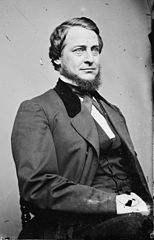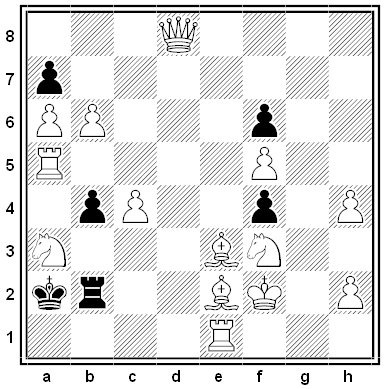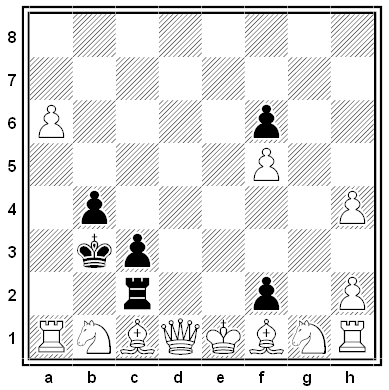Letter from Lewis Carroll to Adelaide Paine, March 8, 1880:
My dear Ada, — (Isn’t that your short name? ‘Adelaide’ is all very well, but you see when one’s dreadfully busy one hasn’t time to write such long words — particularly when it takes one half an hour to remember how to spell it — and even then one has to go and get a dictionary to see if one has spelt it right, and of course the dictionary is in another room, at the top of a high bookcase — where it has been for months and months, and has got all covered with dust — so one has to get a duster first of all, and nearly choke oneself in dusting it — and when one has made out at last which is dictionary and which is dust, even then there’s the job of remembering which end of the alphabet ‘A’ comes — for one feels pretty certain it isn’t in the middle — then one has to go and wash one’s hands before turning over the leaves — for they’ve got so thick with dust one hardly knows them by sight — and, as likely as not, the soap is lost, and the jug is empty, and there’s no towel, and one has to spend hours and hours in finding things — and perhaps after all one has to go off to the shop to buy a new cake of soap — so, with all this bother, I hope you won’t mind my writing it short and saying, ‘My dear Ada’).
You said in your last letter that you would like a likeness of me; so here it is, and I hope you will like it. I won’t forget to call the next time but one I’m in Wallington.
Your very affectionate friend,
Lewis Carroll






